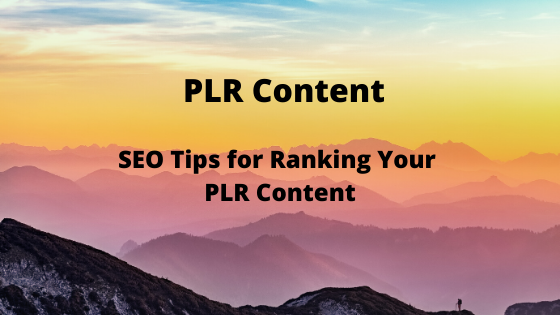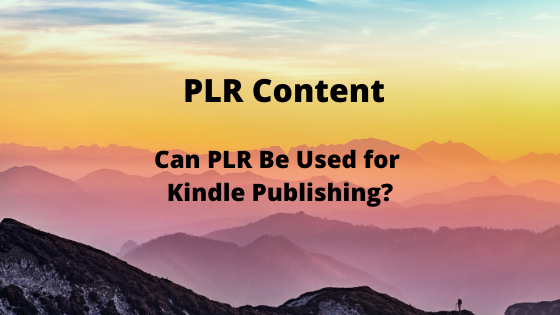How to Not Settle for a 400-Word PLR Blog Post

There’s a problem that PLR buyers are facing these days and many don’t know how to overcome it. Most PLR articles being sold by the usual PLR vendors are around the 400-word range. Some sellers may have content in the 500 to the 800-word range if you can find them. Even then, this might not be enough. How to Not Settle for a 400-Word PLR Blog Post.
Research is showing that Google prefers to rank longer and more in-depth content. If you’re a PLR user, this might be a hurdle for you.
How do you compete with sites that have blog posts which are 2,000 words long when your content is only 422 words?
There are a few ways around it… but first…
* How long should your content be?
Not every blog post needs to belong. It all depends on your competition. If you’re trying to rank for a keyword, for example, ‘strongest pepper spray’, the first thing you’ll need to do is Google search this term and look at the top ten results showing up. Go through each post and see just how long the content is. For some niches, the blog posts may be about 400 to 600 words long… and for other niches, it maybe 2,000 words or more.
It’s anybody’s guess and depends on the niche. You’ll only know for sure after doing the research. Once you know the word count of your competitors, you just need to exceed them by a few hundred words. Of course, there are other points to take note of such as the backlinks and so on. But from a content standpoint, this research will give you a good idea of what your word count needs to be… and that’s a start.
* Combine articles
Now you’ll need to put together an article that matches the prevailing norm and exceeds it by a bit. Depending on the word count you’ll need to meet, you may have to combine anywhere from two to four 400-word PLR articles to create one long blog post that meets your needs.
Of course, it goes without saying that you should also rewrite about 55% of the content so that it appears unique in Google’s eyes – and also position your keywords at the right spots so that your online page optimization is in accordance with SEO best practices.
* Break down eBooks
Another way to get longer content will be to break down PLR eBooks into longer blog posts. Since eBooks are longer than articles, you’ll be able to use an entire chapter as a blog post… or combine a couple of chapters.
* Fill in the blanks
In some cases, all it takes is some elbow grease on your part. Find gaps in your PLR article and write more words covering points that are not in your article. By writing new content into your existing PLR content, not only will your article become longer and more comprehensive, but it’ll also become more unique.
* Hire a writer
Another hands-free option will be to hire a freelance writer and give them a few PLR articles that are related to your topic. Ask them to use the content as ‘inspiration’ to create a new unique article that meets your required word count. While this will cost you money and is over and above what you already paid for your PLR, it’ll be a good investment that reaps rewards many times over when you get your content to rank in the search engine results.
You only need to do this for keywords that matter.
‘Money content’ is more important than just informational content. You should have a mix of both on your blog, but spend more time and money on creating unique, rankable content that will bring in sales and profit. Shorter PLR articles can still be useful and several good PLR sellers stick to shorter articles because they’re easier to write. The PLR vendor doesn’t want to spend ages creating long content… and if they did, you’d definitely have to pay more.
So, this is a catch-22 situation here. Many PLR buyers want longer content, but they don’t wish to pay more because they’re on a tight budget.
The first 3 points above will help you to cross this content hurdle relatively easily. Use them as and when needed.
How to Not Settle for a 400-Word PLR Blog Post



